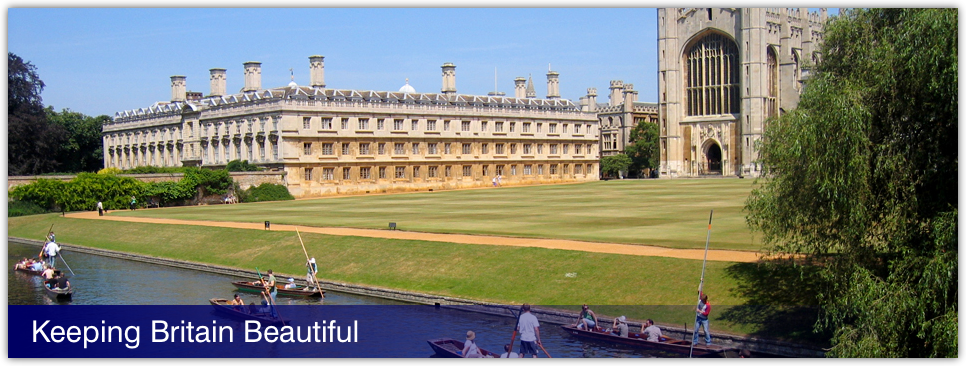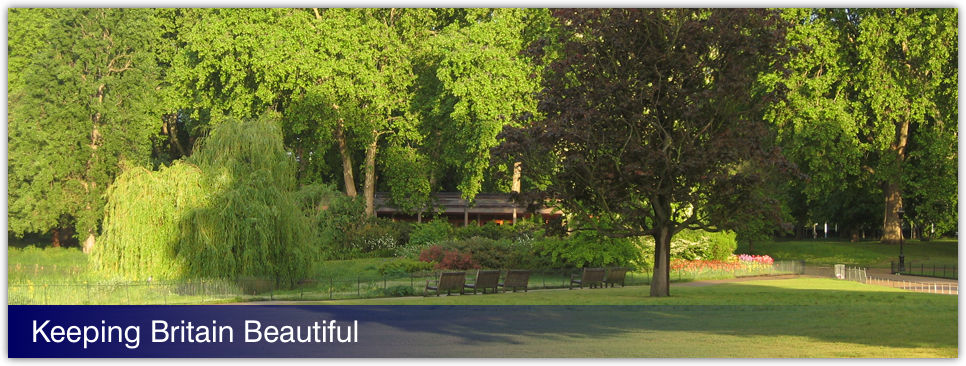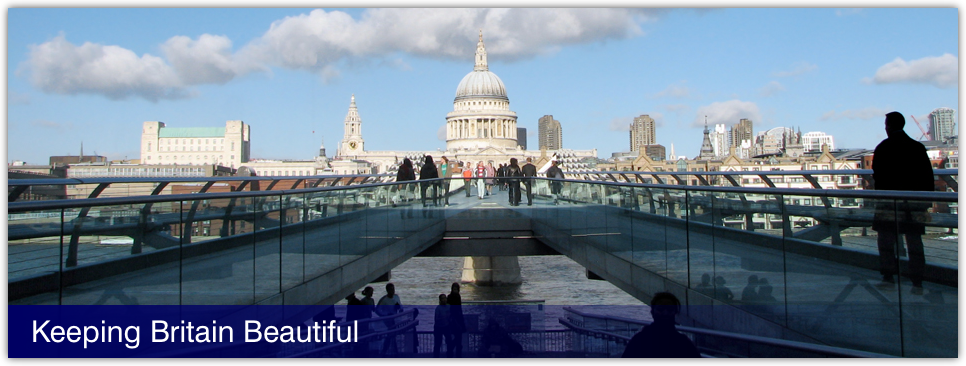A significant amount of energy consumption occurs in urban areas, and much of that energy is derived from the burning of fossil fuels, which results in high levels of air pollution, greenhouse gas emissions, and health problems among residents. As populations increase, the demand on traditional energy systems becomes greater, occasionally causing power shortages and increasing prices.
Unlike coal, natural gas, and other fossil fuels, clean technologies such as solar panels and wind turbines generate electricity without releasing harmful pollutants into the atmosphere. Fewer smoggy days would mean better air quality and health benefits for all, especially for sensitive groups such as children and the elderly.
Fossil fuels can be expensive and volatile due to global market fluctuations, but renewable resources have lower operating costs and a stable supply. Using renewable energy in cities is a smart move for both the planet and the people who live there.
Types of Renewable Energy Powering Cities
Solar power. It’s easy to install panels on rooftops, parking lots, and building walls. Cities can use solar farms on unused land. The sun provides an abundant source of energy, and as technology gets better, solar panels get more efficient and affordable. Solar energy systems can be scaled to fit everything from single homes to entire communities. Residents can generate their power, reducing reliance on the grid and lowering bills. Many cities offer incentives or net-metering programs that reward people for producing excess electricity.
Wind Energy. Small and medium-sized wind turbines can be installed on rooftops or inside city limits where wind patterns allow. Some cities take advantage of offshore wind farms just outside their coastline. Wind energy complements solar power well, as wind speeds often peak at different times than sunlight. Together, they create a more balanced and continuous flow of renewable electricity. Advances in quieter, safer turbine designs help make urban wind projects more practical and acceptable.
Hydropower. Large-scale hydroelectric plants have provided electricity for decades, but smaller, modular hydropower units are now available for city use. These mini-systems generate power from water flow without harming ecosystems or requiring big construction. Urban hydropower can support local grids while maintaining environmental balance. It offers a reliable and constant source of energy since water flows tend to be steady. Incorporating hydropower into cities helps diversify their renewable energy mix, reducing dependence on any single source.
 Benefits of Renewable Energy in Sustainable Cities
Benefits of Renewable Energy in Sustainable Cities
Air pollution, a serious threat to public health in cities, can lead to respiratory illnesses, heart disease, and even premature death. Clean energy cuts emissions from fossil fuel burning, which means fewer harmful particles and gases are introduced into the air. Cleaner air, therefore, leads to fewer illnesses and fewer hospital visits among the local population. The benefit is particularly great for children with asthma or elderly people vulnerable to lung problems. This also reduces health care costs, saving money and resources for the cities.
Renewable energy supplies the local grids diversely, thus making them less susceptible to interruptions caused by natural disasters, technical malfunctions, or fuel shortages. Distributed renewable systems such as rooftop solar create decentralized grids, meaning that energy generation occurs closer to the point of consumption, thus reducing transmission losses and strengthening the systems. During extreme weather events, cities with renewable infrastructure maintain service better than those solely dependent on centralized, fossil-based grids.
Investing in renewable energy drives innovation and creates jobs. From manufacturing panels and turbines to installation and maintenance, clean energy projects open up many career paths. Sustainable development drives businesses to go green, attracting customers and investors who care about the environment. Lower energy expenses provide additional support to startups and small businesses, which helps fuel local economies. Over time, cities that pioneer renewable energy sources become magnets for talent and investment.
Challenges in Implementing Renewable Energy in Cities
There isn’t enough available space in cities for large-scale solar farms or wind turbines. Urban planners will have to be very creative, tapping into rooftops, facades, and possibly even public places such as parks or parking lots. New innovations, such as building-integrated photovoltaics (PV) or vertical-axis wind turbines, help conquer space limitations. Careful design and community inputs would be needed to balance aesthetic concerns with energy goals.
Since renewable energies (solar and wind) produce electricity on an intermittent basis, depending on weather and time of day, this creates problems in power supply and demand management for the city grids. Energy storage solutions through batteries and pumped hydro storage help balance such surges and dips, but at large-scale implementations, they tend to get quite costly. Smart grid solutions, including real-time monitoring and automated controls, become critical in the efficient integration of renewables in urban networks.
Building renewable energy infrastructure requires upfront investments, which could constrain city government budgets or private property owners. Despite significant price drops over the past few years, financial challenges remain for some projects. Access to affordable financing, grants, and subsidies makes a big difference. Innovative business models such as community solar, leasing programs, and power purchase agreements also lower entry hurdles, making renewable projects more feasible.
Success Stories
Denmark’s capital of Copenhagen aims to become completely carbon-free by 2025, mainly with wind renewable energy sources and district heating. The city heavily supports offshore wind farms and has created smart energy grids that link homes, businesses, and transportation, providing a powerful source of energy. As citizens enjoy the benefits of clean air and efficient, affordable energy, this little corner of the world is attracting attention to a big commitment to sustainability. The city joins political will, technology, and citizen participation, reaching almost unattainable goals.
San Diego, USA, has gone all-in on solar energy, with numerous gigantic installations on its municipal buildings and a big adoption of solar rooftops in general. At the same time, the city promotes electric vehicle adoption paired with green charging infrastructure. Its Renewable Energy Strategy focuses on reducing greenhouse gas emissions by making the switch in power generation to 100% renewables by 2035. This balance between growth and environmental protection puts San Diego on the map as a clean energy leader.
India’s Bangalore fights urban pollution by marrying solar power with energy-efficient buildings. In a city that is growing so fast, giant solar rooftops on homes and business buildings, and government facilities serve as green backbones to the electricity supply. Public transport improvements and very strict environmental regulations in some ways put a lid on the system’s growth and keep the city gray, but the direction is clearly towards a greening of energy sources, and while the problems the city faces are not few, the measures it has taken point the way for other developing cities.
How You Can Support Renewable Energy in Cities
Learn about the local renewable programs and incentives available to you. You can help create more demand for clean energy by installing solar panels or switching to a green energy provider.
Join community efforts like tree planting, running energy efficiency workshops, or pushing for better urban planning. Support politicians and policies that put sustainability first and fund renewables.
Using energy-efficient appliances, turning off lights when not needed, and conserving water are simple lifestyle changes that also reduce energy usage.



